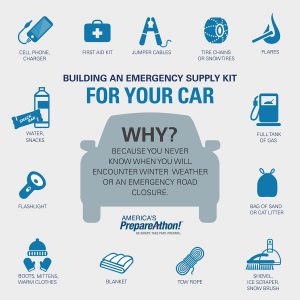
While Virginia might have been lucky to not receive a direct impact, that does not mean we can let our guard down. Current forecasts predict Florence will turn back north-east once inland and may deliver additional rainfall in our region.
The Office of Emergency Management and Safety, along with College Instructional & Information Technology, sent important and helpful emails with preparedness information earlier this week. Please take the time to read them again in preparedness for whatever storm arrives next time.
Prepare yourself at the College now. Ask yourself and others in your department/office:
- Do you have an updated call tree with everyone’s phone numbers?
- What is your supervisor’s expectations of you and your team if the College is closed or you are unable to be at work?
- Do you have the ability to work from an alternate location? Including access to a laptop, VPN, vital records needed for your job, etc.?
- What is your leadership’s succession? If they are not available, who can make decisions for your office?
- Do you have an emergency kit in the office? We will talk about making kits next week.
- How would you continue your job or classroom instruction if there was a loss of:
- Access to your normal building or classroom?
- Equipment or systems failure (ex: power or IT system failure)?
- Services due to a reduced workforce (ex: only half your team is available to work)?
These are all questions you and your team needs to discuss before an emergency occurs. Document this now and make sure your department’s Continuity of Operations (COOP) plan is updated.
For more information on how you can be ready at the College, please visit www.nvcc.edu/emergency.



